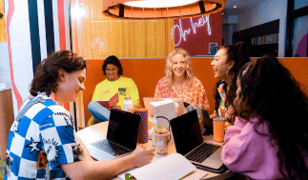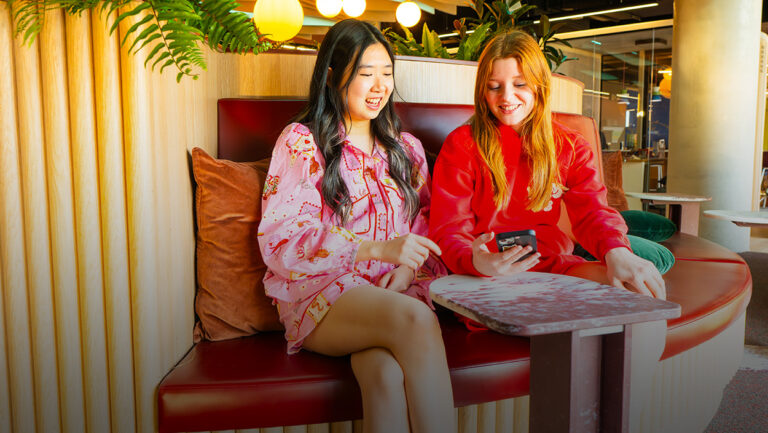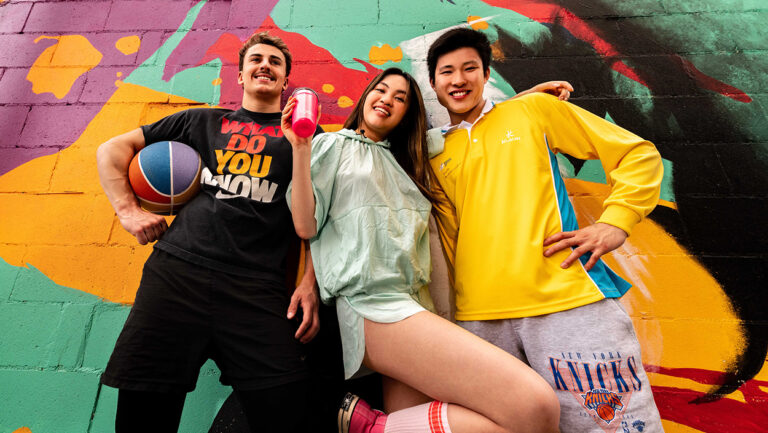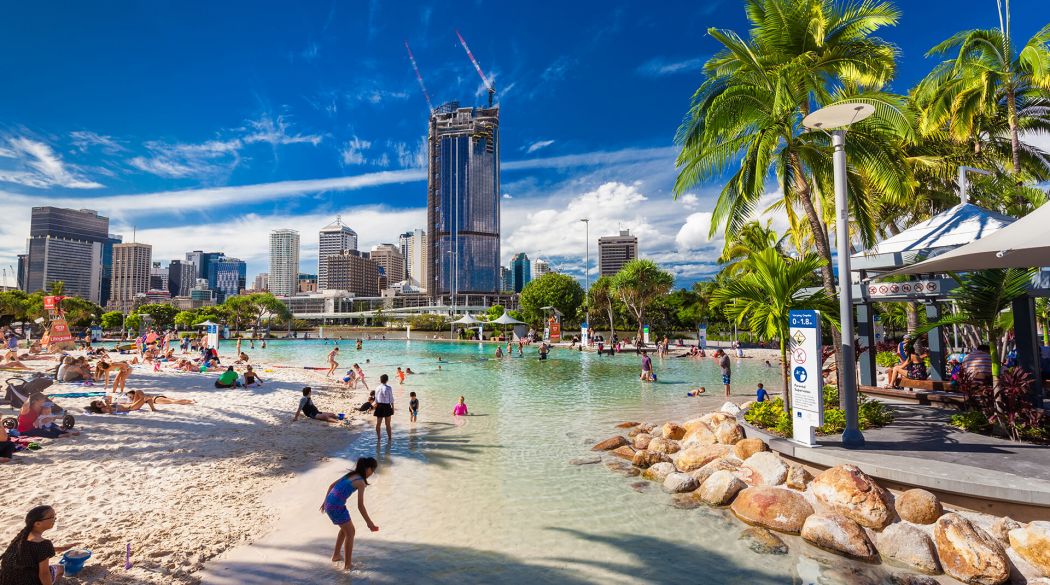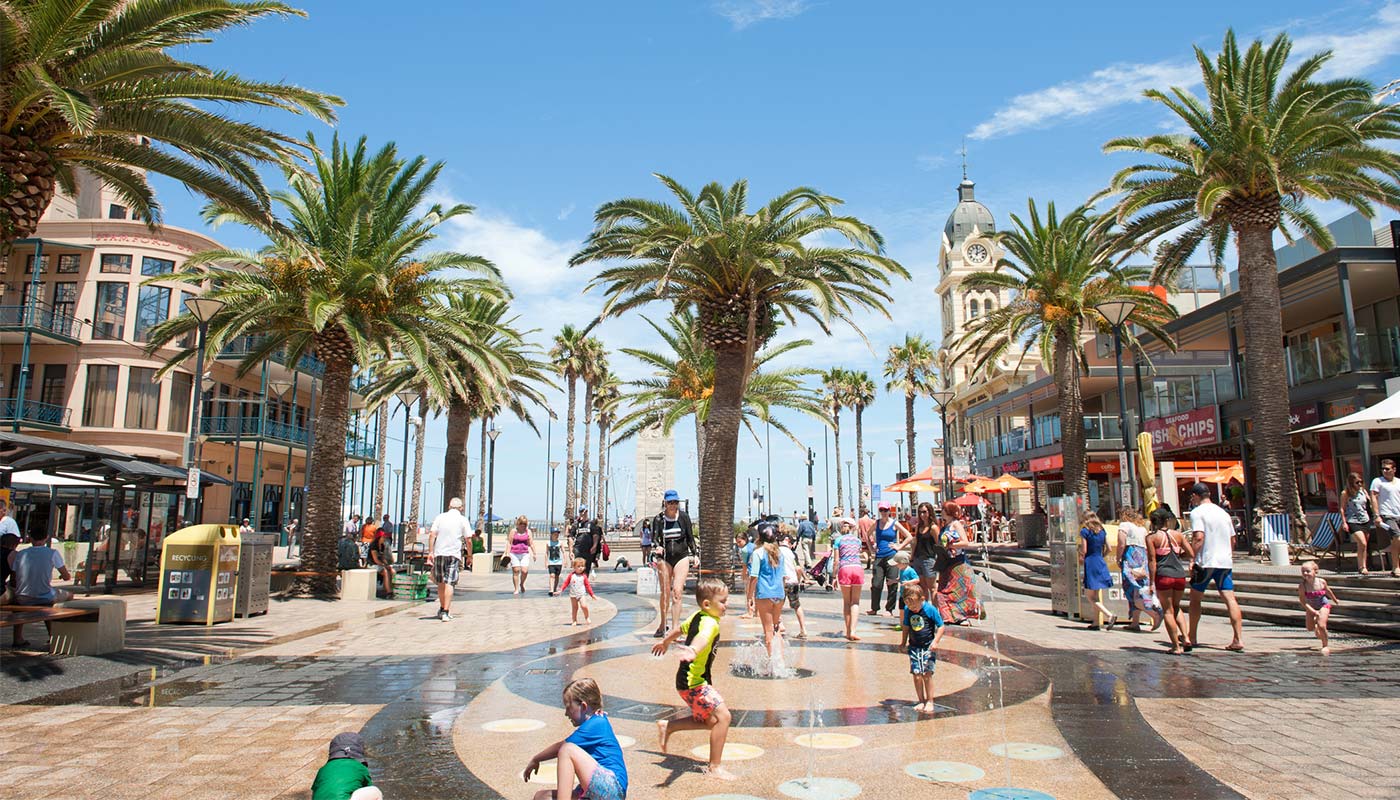Thrifting for Students in Sydney: The Ultimate Guide
Thrifting has become more than just a trend – it’s a lifestyle, especially for students living in Sydney, where the cost of living can feel overwhelming. From textbooks and furniture to clothing and tech gadgets, thrifting allows you to score great deals while also supporting sustainability. In a city like Sydney, where people are increasingly conscious of environmental issues, thrifting offers an effective way to reduce waste, save money, and still enjoy a stylish and functional lifestyle. This blog post will explore why thrifting is an essential choice for students in Sydney, how it benefits the environment, and how you can maximise your thrifting experience.
Why Thrift Shopping is the Way to Go for Sydney Students
As a student, it’s no secret that money is often tight. Whether you’re juggling part-time jobs or relying on student loans, every dollar counts. Thrift stores in Sydney offer a solution to this financial pressure. You can score high-quality second-hand items at a fraction of the price of new goods, making it easier to furnish your student apartment, fill your wardrobe, and even find unique gifts.
But thrifting is not just about saving money. It’s also about contributing to a healthier planet. In this post, we’ll dive into the key environmental benefits of thrifting and why it’s a must-do for students in Sydney who care about their carbon footprint.
The Environmental Benefits of Thrifting
1. Reduces Waste and Saves Landfill Space
One of the biggest environmental benefits of thrifting is that it helps divert goods from landfills. In Australia, an alarming amount of waste ends up in landfills each year. By choosing to purchase second-hand items, students in Sydney can contribute to reducing waste and extending the lifespan of products. When you buy from a thrift store, you’re essentially giving these goods a second life, preventing them from being discarded prematurely.
Clothing, in particular, is a significant contributor to textile waste. In fact, Australians send approximately 6,000 kilograms of clothing to landfills every 10 minutes. By opting for pre-loved clothing, you’re directly reducing the need for new clothes to be produced, which in turn reduces the amount of textile waste that ends up in our landfills.
2. Minimises the Need for New Resources
Every new product – whether it’s a piece of clothing, a piece of furniture, or an electronic device – requires resources to produce, including raw materials, water, and energy. Manufacturing these goods contributes to environmental degradation through resource extraction, pollution, and carbon emissions. Thrifting mitigates the demand for new items, which means fewer resources are used and less energy is consumed in production. This helps lower the overall carbon footprint associated with manufacturing.
By buying second-hand items, students can enjoy a variety of products without the environmental impact associated with producing them from scratch. Whether you’re shopping for vintage furniture or a retro jacket, thrifting promotes the idea of circular economy and responsible consumption.
3. Promotes a Circular Economy
A circular economy is a system where products, materials, and resources are reused, refurbished, remanufactured, and recycled, as opposed to a linear economy where items are made, used, and then discarded. Thrift stores are a cornerstone of this circular model because they give pre-loved items a second life and allow them to be reused by others. This helps reduce the demand for raw materials and the production of new goods, which ultimately supports a more sustainable, low-waste society.
By choosing second-hand items, Sydney students are contributing to the growing movement of sustainability. This shift towards a circular economy not only reduces the environmental impact of consumption but also fosters a sense of community as people share and recycle goods rather than throwing them away.
4. Lowers Carbon Footprint
The production and transportation of goods have a significant carbon footprint. From raw material extraction to manufacturing and shipping, new products contribute to greenhouse gas emissions. By purchasing second-hand items, students in Sydney can effectively lower their carbon footprint, as these products have already been produced and transported, meaning there’s no additional energy required for their creation.
A study by the Australian Conservation Foundation revealed that Australians could reduce their individual carbon footprints by up to 40% by embracing more sustainable consumer habits, including buying second-hand. Thrift shopping is an easy and practical way for students to help reduce emissions while still living comfortably.
Top Thrift Stores for Students in Sydney
Sydney is home to a wide variety of second-hand shops, many of which cater specifically to students. Whether you’re on the hunt for vintage clothing, budget-friendly furniture, or unique accessories, there’s a store for you. Here are some of the best places to thrift in Sydney:
1. Vinnies (St Vincent de Paul Society)
Vinnies is one of the most well-known charity shops in Sydney. With multiple locations across the city, Vinnies offers everything from fashion and furniture to books and electronics. As a non-profit organisation, they use the proceeds to fund charitable initiatives, so your purchases go towards supporting communities in need.
2. Salvation Army Stores
The Salvation Army operates several second-hand stores throughout Sydney, making it easy for students to find affordable items. They offer clothing, homewares, books, and more, all at reasonable prices. Like Vinnies, the funds raised from these sales go towards supporting the Salvation Army’s charitable programs.
3. Reverse Garbage
For students looking for creative, eco-friendly finds, Reverse Garbage in Marrickville is a treasure trove. This not-for-profit store sells surplus materials and items that would otherwise be destined for the landfill. From office supplies and fabrics to craft materials and furniture, Reverse Garbage is a great place to find sustainable solutions for your home and study needs.
4. Bondi Junction’s The Junction Fair
This vintage store located in Bondi Junction is a goldmine for unique fashion pieces. The Junction Fair stocks a wide range of second-hand clothing, shoes, and accessories, with many pieces from high-end brands. It’s the perfect spot for students who want to look stylish without breaking the bank or contributing to fast fashion.
5. Savers Australia
Savers is a massive chain with several locations in Sydney, offering everything from clothing and shoes to home goods, books, and toys. They pride themselves on providing affordable items for students and families while also supporting sustainable shopping practices. With their vast selection, you’re sure to find something that fits your style and needs.
Maximising Your Thrift Shopping Experience
To get the most out of your thrifting experience in Sydney, here are a few tips to keep in mind:
1. Set a Budget
While thrifting is a great way to save money, it’s easy to get carried away with all the treasures you find. Before heading out to your local thrift store, set a budget for how much you’re willing to spend. This will help you make more mindful purchases and prevent impulse buying.
2. Know What You Need
Thrift stores can be overwhelming because of the wide variety of items on offer. To avoid wasting time, it’s a good idea to make a list of the items you actually need. Whether you’re looking for a new winter coat or a desk lamp, having a clear idea of what you’re searching for will make your shopping experience more efficient.
3. Check for Quality
When shopping second-hand, it’s important to inspect items carefully to ensure they’re in good condition. Check for any signs of damage or wear, especially with clothing and electronics. Many stores have return policies, so if you find an item that doesn’t meet your expectations, you can always return it.
4. Don’t Rush the Process
Thrifting is all about finding hidden gems, and sometimes it takes a little time to uncover them. Take your time to explore different stores and sift through the racks. You’ll be surprised at the treasures you can find if you’re patient and willing to dig a little deeper.
Conclusion: Thrift Shopping for a Sustainable Future
For students in Sydney, thrifting offers a perfect combination of saving money and supporting sustainability. With the environmental benefits of reducing waste, lowering carbon footprints, and promoting a circular economy, second-hand shopping has become an essential practice for environmentally conscious consumers. Whether you’re shopping for clothes, furniture, or electronics, Sydney’s thrift stores offer something for everyone. By embracing the thrifting culture, students can make a positive impact on both their budgets and the planet. So, next time you need something, consider heading to your local thrift store – your wallet and the Earth will thank you!
By optimising your thrifting game and being mindful of sustainability, you can do your part in creating a more eco-friendly Sydney. Remember, every small step counts! Happy thrifting!
